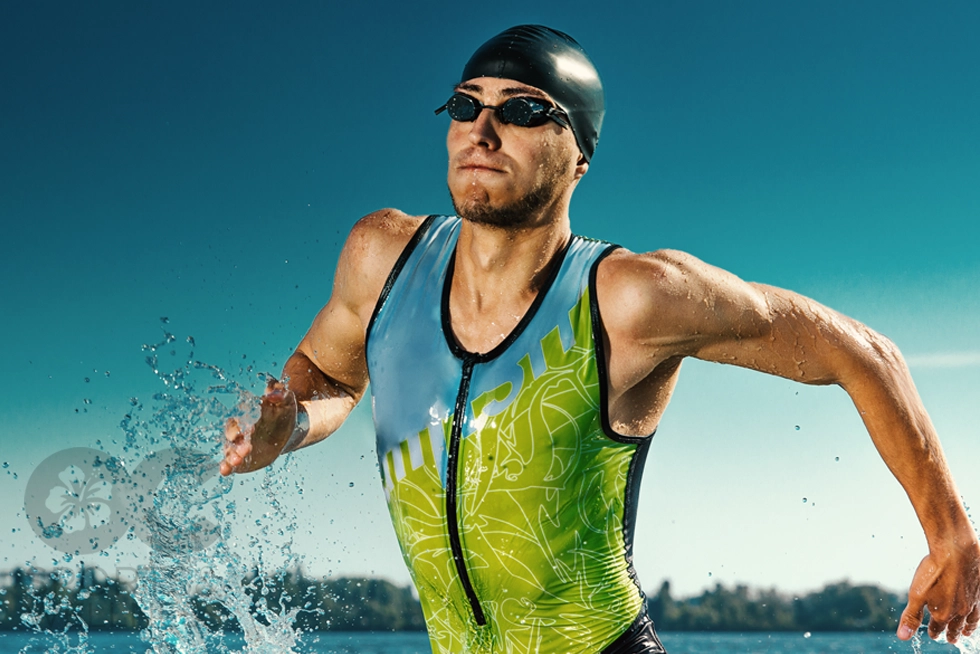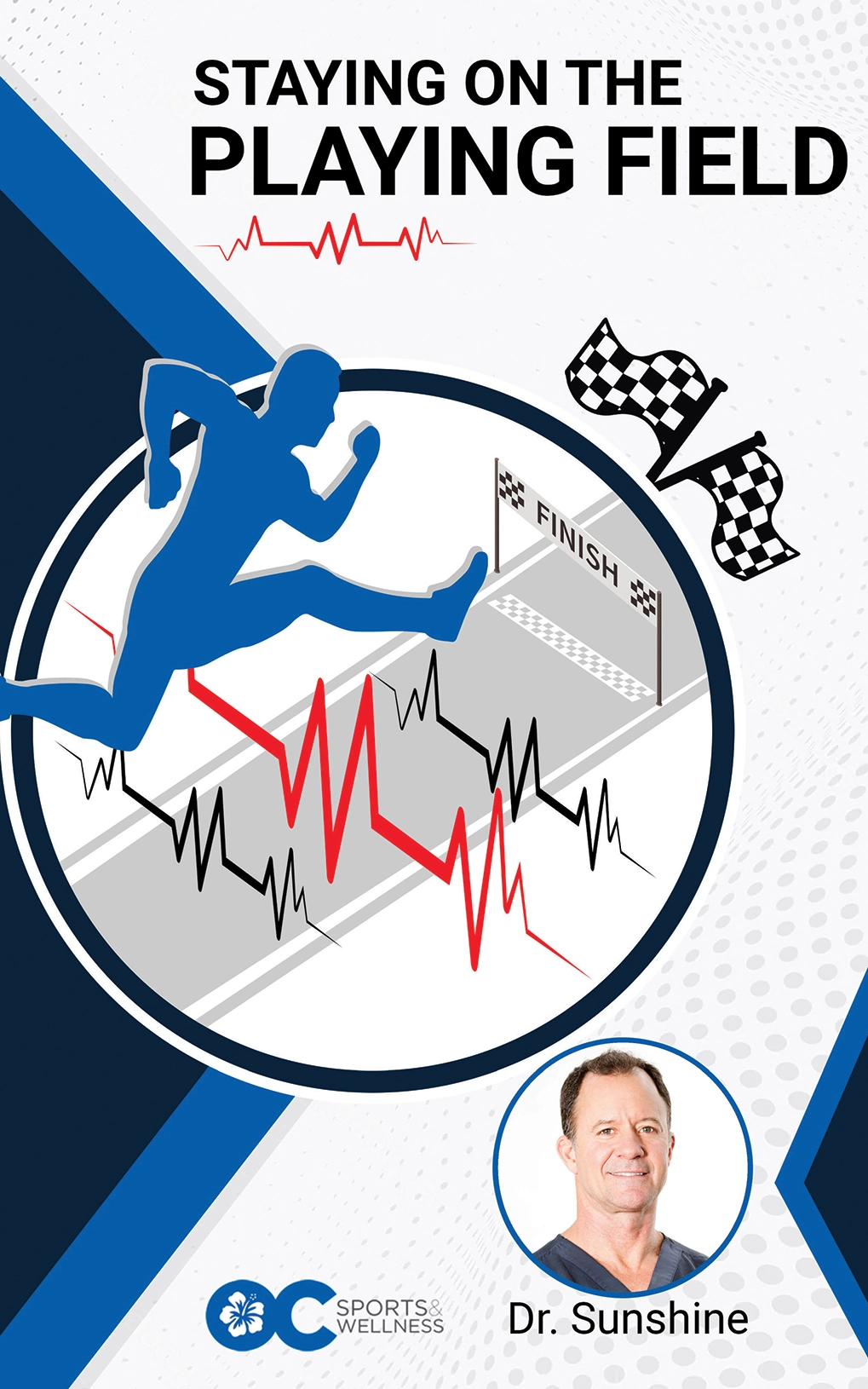Understanding Setbacks for Triathletes
Improvement isn’t a straight line. For many triathletes in Orange County — from weekend sprint racers to seasoned Ironman hopefuls — progress often stalls unless training includes strategic setbacks. That sounds counterintuitive: why would stepping back help you go faster? The short answer is that well-timed setbacks (planned recovery, deliberate deloads, and targeted recovery interventions) are essential for creating the physiological and mental space where meaningful adaptation happens.
What we mean by “setbacks” — and why the word is misleading
The word “setback” usually triggers alarm: injury, burnout, or a ruined training block. But in the performance world, setbacks fall into two broad buckets:
- Planned setbacks — deliberate, short-term reductions or changes in training load (deload weeks, tapering, active recovery, scheduled rest) designed to promote recovery and supercompensation.
- Unplanned setbacks — illness, non-contact injury, excessive fatigue, or life stress that force you to stop or modify training unexpectedly.
Both types matter. Planned setbacks are a tool that elite coaches use to manage fatigue and promote long-term gains. Unplanned setbacks can be used as a learning opportunity if handled correctly — but left unmanaged, they derail progress.
Why improvement stalls without setbacks
- You must accumulate stress to get stronger — and then you must recover to reap the reward.
Training is stress + recovery. Workouts create microscopic damage, metabolic stress, and neurological fatigue; recovery is when the body rebuilds stronger. If you constantly pile on stress without deliberate recovery, the body remains in a state of maintenance or decline rather than adaptation. In triathlon, this shows as stubbornly slow swim splits, flat bike power, or worsening run endurance. - Chronic fatigue and overtraining destroy speed.
Many athletes mistake chronic fatigue for a need to push harder. The result: higher perceived effort for the same pace, slower finishes, and a growing risk of illness and injury. Periodic reduction in load — short restorative periods — resets your baseline, allowing high-quality sessions to improve your performance again. - Plateauing is a sign you need a change of stimulus.
When your body gets efficient at handling the same workouts, the training stimulus is no longer novel. A “setback” in the form of a change (shorter intense intervals, a focused strength block, or even a week of low-intensity cross-training) reintroduces novelty and provokes adaptation. - Injuries become more likely without smart rest and recovery.
Microtrauma accumulates: tendons, hips, low back, shoulders, and knees slowly get overloaded. Without planned recovery and targeted rehabilitation, those minor issues become full-blown injuries that force long layoffs — the exact kind of setback that ruins race goals. Proactive deloads and early attention to niggles can prevent long-term time loss. - Mental resilience and motivation need recovery.
Mental fatigue reduces training quality. Athletes who never step back can lose focus, become demotivated, or make poor race choices. Short, scheduled breaks restore mental sharpness, reduce anxiety, and improve race-day decision-making.
Common training mistakes Orange County triathletes make
- Skipping deloads: treating rest as wasted time rather than part of the plan.
- Poor periodization: failing to plan phases (base, build, peak, race) and trying to maintain intensity year-round.
- Ignoring early pain: training through nagging injuries instead of addressing root causes.
- One-discipline bias: overemphasizing cycling or running at the expense of swim technique or strength training.
- Neglecting recovery modalities: inconsistent sleep, nutrition, and stress management that limit adaptation.
How to use setbacks to accelerate improvement — practical strategies
- Make setbacks part of the plan.
Schedule regular deload weeks every 3–6 weeks, depending on training load and life stress. During a deload, reduce volume by 30–50% and intensity; keep sessions short and purposeful. Think of the deload as an engine tune-up — you’ll return faster and fresher. - Use periodization instead of perpetual intensity.
Map your season into base, build, specialty, and race phases. Place planned recovery and testing weeks at natural transition points. This structure prevents chronic fatigue and makes race-specific gains more reliable. - Embrace active recovery and cross-training.
Swap a challenging swim or tempo run for an easy bike, yoga session, or pool workout. Active recovery increases blood flow, helps clear metabolic byproducts, and preserves aerobic fitness without the same tissue stress. - Address niggles early with targeted rehab.
Minor aches are an early warning system. Use mobility work, targeted strengthening, and professional evaluation to fix the underlying issue before it becomes a forced setback. - Prioritize sleep, nutrition, and stress management.
These are non-negotiable. Quality sleep, adequate calories, and proper protein intake facilitate repair — without them, short-term gains evaporate. Hydration and timing of fueling around long workouts matter especially in Orange County’s warm months. - Use data intelligently.
Power meters, heart rate variability, and perceived exertion are tools — not the whole story. Look for trends: rising resting heart rate, declining HRV, or persistent high RPE for easy paces, which may indicate a need for a setback.
Local factors: training in Orange County changes how you manage setbacks
Orange County provides amazing training terrain — coastal flats for fast rides, hills for strength, and open-water swim opportunities. But the local climate and lifestyle create specific stressors:
- Heat and humidity: summer training can be more taxing; plan deloads or shift workouts to cooler parts of the day.
- Open-water variability: ocean conditions and wetsuit rules can make swim training inconsistent; when conditions are rough, a planned setback or pool session can preserve fitness safely.
- Commuting and work-life balance: traffic, long work days, and family time can increase life stress. Factor these into your training plan and don’t let them become unplanned setbacks.
When to call for professional help (and what to expect)
Not every setback should be handled alone. If fatigue persists despite rest, pain worsens, or performance declines for several weeks, seek a coach, sports medicine specialist, or physical therapist. OC Sports and Wellness can help with:
- Individualized periodized training plans that include purposeful setbacks
- Movement screening and targeted rehabilitation for nagging injuries
- Performance testing (e.g., lactate threshold, VO₂ testing) to set innovative intensity zones
- Nutrition and recovery protocols tailored to your life and goals
How OC Sports and Wellness help triathletes
OC Sports and Wellness supports athletes across the spectrum — from people chasing a first Olympic-distance finish to experienced triathletes pursuing personal bests. Their team combines sports medicine, performance coaching, and rehabilitation to help you plan smarter, recover better, and turn setbacks into stepping stones. Whether you need an injury evaluation, a personalized training plan, or a recovery strategy designed for Orange County conditions, working with a multidisciplinary team reduces the chance that a temporary setback becomes a season-ending problem.
Redefine setbacks as part of your path to faster race times
Improvement in triathlon is rarely linear. The athletes who make the most significant gains aren’t the ones who never slow down — they’re the ones who strategically build stress, listen to their bodies, and use planned setbacks to come back stronger. If you’re stuck in the exact finish times, consider whether you’re missing the recovery piece of the puzzle. With smarter periodization, targeted rehabilitation, and support from professionals who understand the demands of Orange County racing, setbacks stop being derailers and start being essential tools on the road to your next PR.
If you’d like help turning your setbacks into gains, reach out to OC Sports and Wellness — we specialize in helping Orange County triathletes train harder, recover smarter, and race faster.
We hope this information is helpful. At OC Sports and Wellness in Orange County, we understand the importance of balancing your health with a busy lifestyle. That’s why we offer convenient options for scheduling visits, texting, or video chatting with Dr. Sunshine. Let’s work together towards your well-being! Feel free to reach out to us at 949-460-9111.

Our sports medicine practice is within driving range of Aliso Viejo, Anaheim, Brea, Buena Park, City of Orange, Costa Mesa, Cypress, Dana Point, Fountain Valley, Fullerton, Garden Grove, Huntington Beach, Irvine Sports Medicine, La Habra, La Palma, Laguna Beach, Laguna Hills, Laguna Niguel, Laguna Woods, Lake Forest, Los Alamitos, Mission Viejo, Newport Beach, Placentia, Rancho Santa Margarita, San Clemente, San Juan Capistrano, Santa Ana, Seal Beach, Stanton, Tustin, Villa Park, Westminster, and Yorba Linda. We look forward to seeing you soon!


